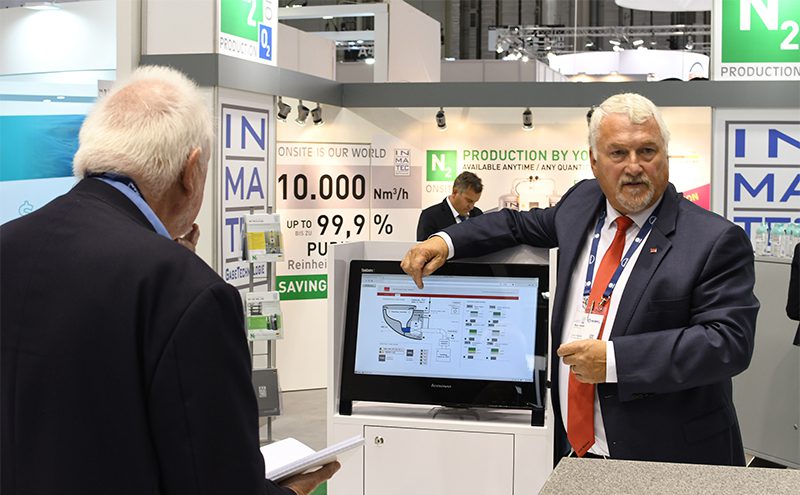
Wastewater management specialist ACO Marine has unveiled a range of vacuum toilets, marking the firm’s entry into this segment of the marine sanitation market.
The AVT 100 and AVT 150 (Vacuum Toilet) series has been developed to provide ship operators and shipbuilders with a total wastewater management solution, from first use to discharge overboard.
While the hydraulic variant – AVT 100 – is being marketed towards the commercial merchant ship market, due in part to its low cost and reduced maintenance proposition, the more sophisticated electronic version, AVT Smart100, has been designed to meet market demand from the passenger ship sector for a low-noise, “smart” toilet system capable of intelligent operation. The ACO AVT150 range is the super silent variant targeted at the luxury end of the market.
Compared to existing vacuum toilets, both the Smart and Hydraulic versions of the ACO design use different operating and control arrangements. For instance, each toilet has fewer components than competing systems, obviating the need for pneumatic valves – the component most prone to failure in traditional units. Instead, each AVT system operates a patent-protected self-closing/opening pressure valve for direct flushing.
It is the diagnostics function of the intelligent ACO AVT 100, however, that is expected to set the standard in passenger ship sanitation.Incorporating a fully-programmable microchip in the control system, ship engineering teams can, for the first time, remotely control, monitor and maintain all the toilet’s functions.
Operators can adjust flushing and suction sequences, adjust water pressures and supply and monitor the condition of each toilet connected to vessel’s wastewater system. Typically, engineers would have to trace the system back to find which toilet had malfunctioned or wait for a passenger to report a problem.
Jirí Lonícek, Head of Product Management, ACO Marine, explained: “For cruise and passenger ship operators, in particular, the ACO AVT Smart100 range offers a completely new dimension to system maintenance and operability, allowing operators to remotely adjust the parameters and flushing cycles of each individual toilet.
“This significantly improves maintenance schedules and reduces operational costs, since the smart technology automatically alerts the operator to which toilet on the network has malfunctioned and which component has failed.
Ships’ crews can effect repairs immediately and before passengers get wind of a problem.”






